Stimulating Efficacy in the Work of School Improvement
By Chris Hoyos, October 2020
When I was a classroom teacher learning about differentiation, I read Marie Clay's By Different Paths to Common Outcomes. Marie's way of defining this practice resonated with me - by noticing the differing paths learners are on, teachers can better interact with each learner's differing journeys. Different paths leading to the same destination got me, later, thinking a lot about this concept in regards to school improvement.
In the work of school improvement, we know it's critical for staff to support the vision and goals of the school. The common outcome becomes the staff's beacon for improvement. However, how often if ever, do staff get to choose their paths in this collective work? Teachers are expected to differentiate for students. The rationale is strong, after all, no child is or learns exactly alike. Knowing this, we can readily apply the same thinking to adults.
A former colleague of mine, in her blogpost, “What's a Theory of Action and Why Do We Need One?”, defined a Theory of Action as, “Your best thinking made explicit...Your rationale for choosing one strategy over another...Your predicted course of action with identified checkpoints and evidence that it's working, or not." In other words, we can treat the work of school improvement as tests of hypotheses. And these tests of hypotheses can be authentic and relevant work for all if we consider differentiating adult paths to the common improvement outcome.
Let’s imagine this concept as a set of nesting dolls…
First, school-wide data is used to identify "the biggest bang for the buck" instructional strategy to improve student growth. This then becomes a common outcome for staff development articulated as a theory of action. For example: Data reveals that students, overall, struggle to comprehend informational text. Staff determines that a professional development focus on strategies to support students with understanding informational text would be an appropriate outcome for adult learning. So the theory of action (ToA) for staff becomes, "If we know and understand the purpose of informational text and how it is structured, then we will have greater success in teaching students how to make meaning from this type of text."
Then, grade level teams or PLCs come together to review grade level data in relation to the school's overall data and professional development outcome. Together, the team determines their focus for both student and adult learning. The team articulates this, too, as a theory of action. Overtime, team members gather student evidence to evaluate alongside the ToA to get closer to understanding what is working and not working for students. Each grade level may articulate different outcomes and ToAs but remember, these are their paths to the common school outcome.
From here, individual teachers from each grade level team then look at their own classroom data and reflect on their current knowledge and understandings of their grade level team's/ PLC's focus for student outcomes and adult learning. The teacher then articulates their personal ToA that then becomes their staff development goal for personal professional growth for coaching and evaluation.
Differentiating for adults fosters commitment, rather than compliance, to school improvement goals. It's no longer a matter of teachers "buying in", but rather, owning their goals and data. Teachers are empowered to be researchers into teaching and learning and through inquiry, collaboration and reflection follow their paths to reach and support the common outcome. And in working together in this way, schools can foster both individual and collective efficacy in the challenging work of school improvement.
by Christine Hoyos
